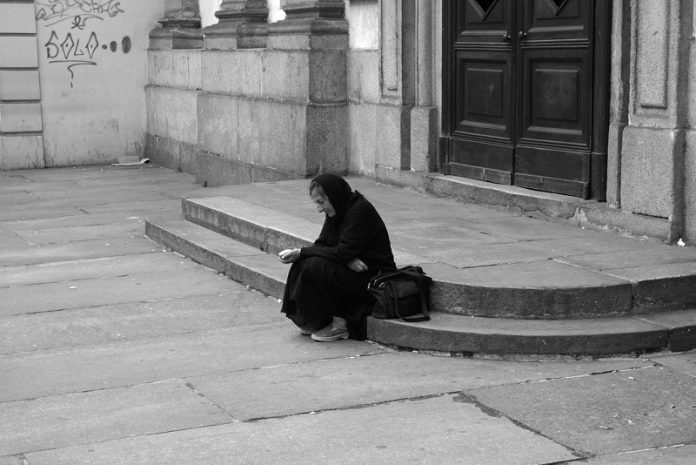The number of people in Italy who are at risk of poverty has increased by more than 3m since the 2008 financial crisis. This is the biggest increase in the European Union.
For instance, the EU’s statistics office Eurostat last year classified 18m families in Italy as having a very low income or without steady employment.
According to Bloomberg, Italy’s national statistics office Istat reported on December 20 that 30% of people in the country were at risk of poverty and social exclusion last year – up from 28.7% in 2015. That compares with 25.5% in 2008, before the euro region’s third-biggest economy entered a double-dip recession that ended in mid-2014.
Italians living below the level of absolute poverty, or those unable to purchase a basket of necessary goods and services, reached 4.7m last year, up from almost 1.7m in 2006, Istat said in an earlier report. The nation’s absolute poor almost tripled over the last decade.
According to Bloomberg’s calculations, both the rise in the nine-year period and the total number were the biggest among the EU member countries.
Over the same period, the number of vulnerable people declined by 3.3m in Poland, more than a million in Romania and about 530,000 in Bulgaria. The people at risk of poverty also fell in several euro-area economies, including Germany, the bloc’s biggest.

